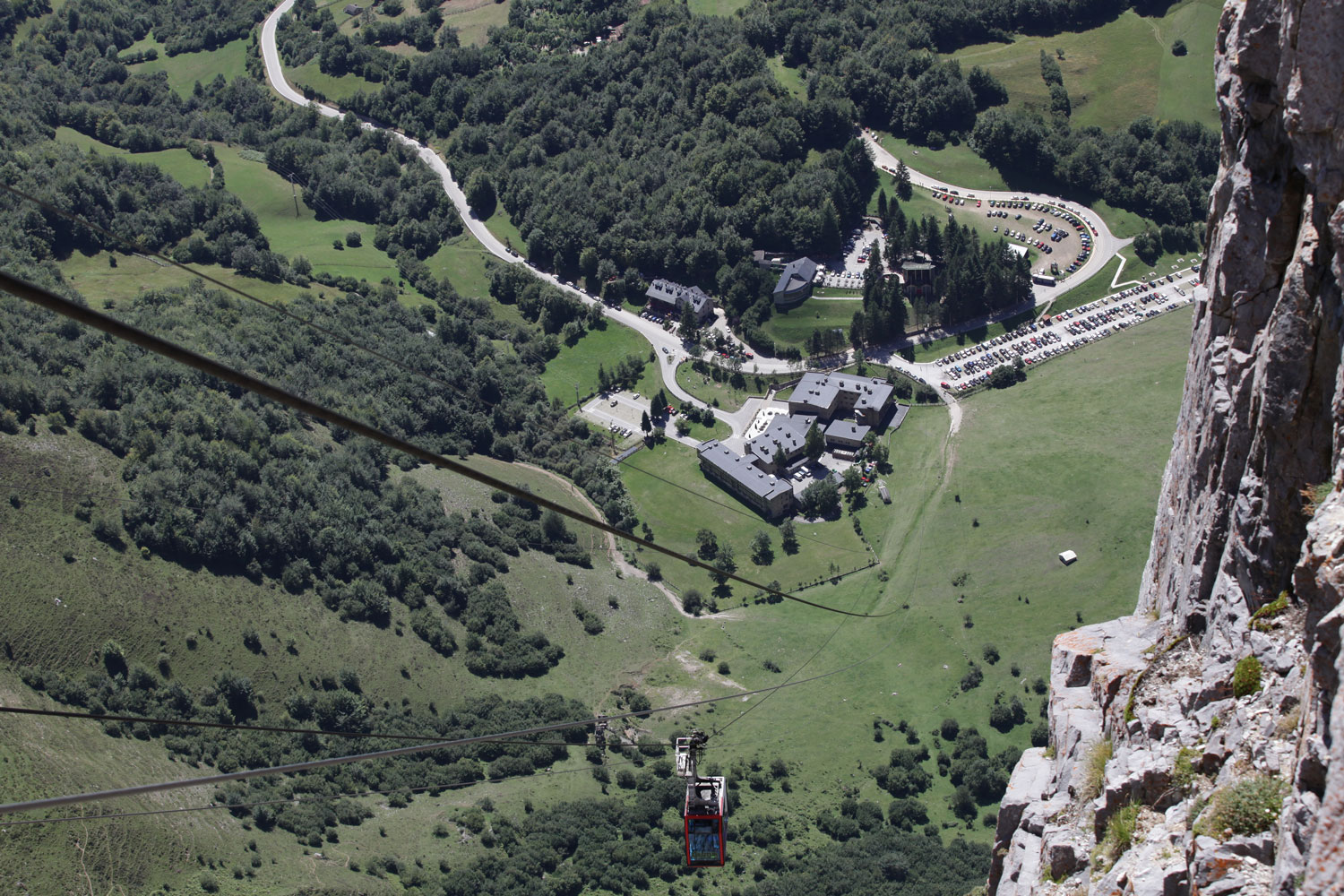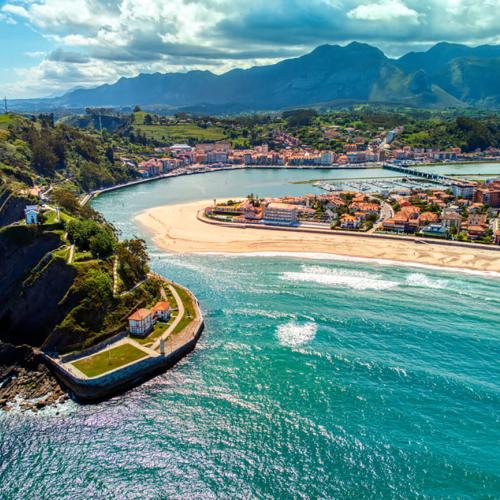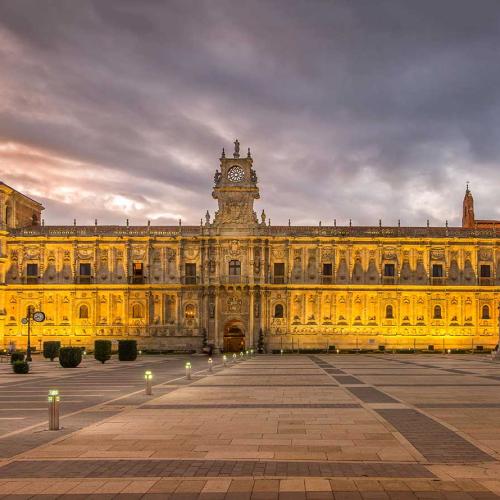From Isabel II to Alfonso XIII, the kings and queens of Spain made Santander and San Sebastián their summer resting places. When the heat turned Madrid into an uninhabitable city, the Royal Family would pack their bags to seek solace on the Cantabrian coast. The two northern capitals still retain that elegant air carved out by the predilection of kings and queens.
It all began with an advertisement in the press. In the distant summer of 1847, La Gaceta de Madrid published an article on 16 July with the title Baños de Oleaje en El Sardinero. In those times of incipient tourism, Santander was already taking the first steps towards becoming a destination on a par with luxurious enclaves such as Biarritz, Monaco or Estoril.
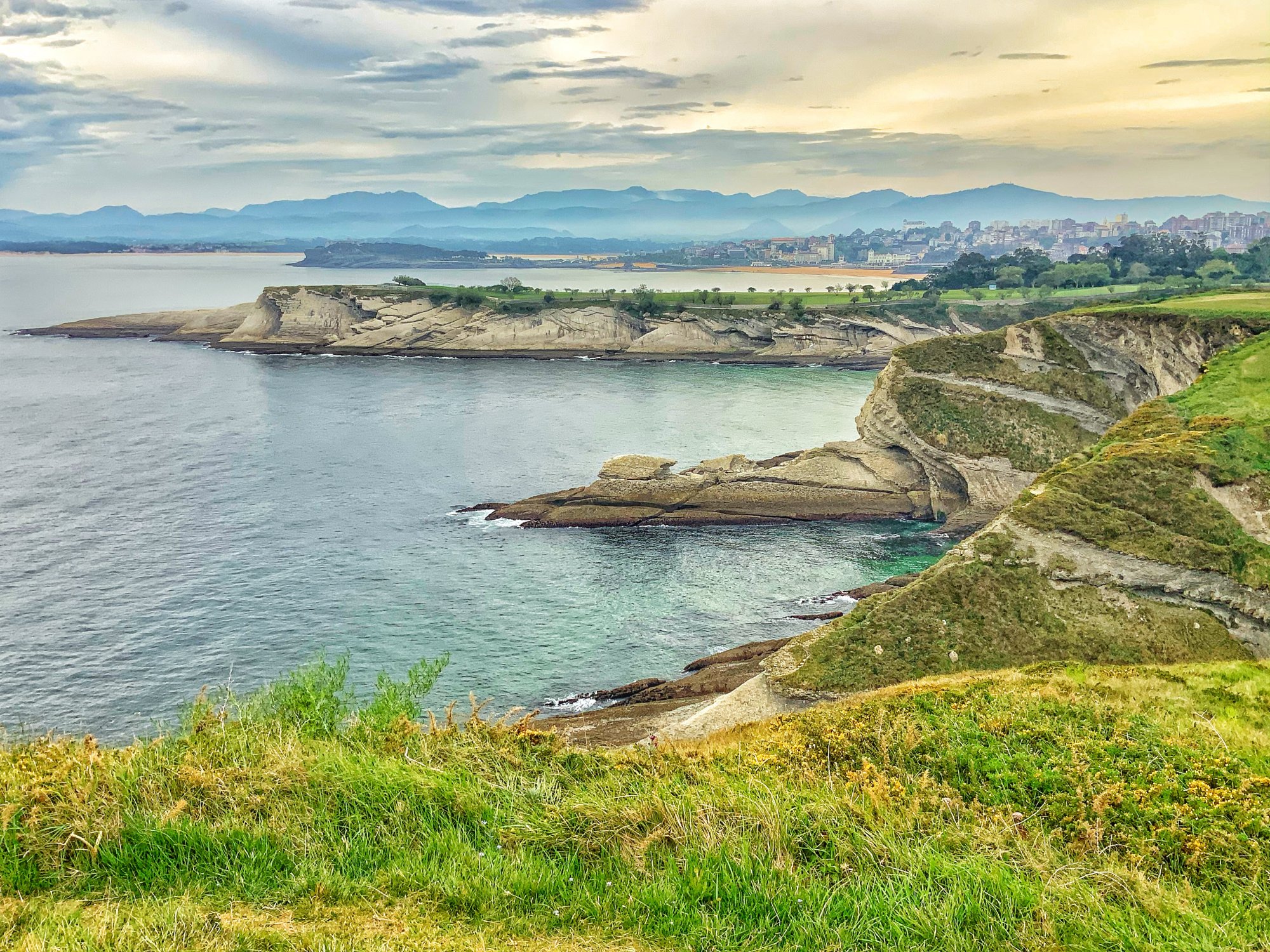
Queen Isabella II was instrumental in encouraging the aristocracy and bourgeoisie to take the salubrious wave baths in Cantabrian waters. The Queen, who was seventeen at the time, was weary of the customs of her elders. Every summer the Bourbons would settle at La Granja del Real Sitio de San Ildefonso to indulge their greatest hobby: hunting. Isabella, of course, had other plans.
The queen also suffered from psoriasis and her doctors recommended that she spend time by the sea to relieve her ailment. She began her coastal journey in Barcelona and San Sebastián, but it was in Santander where she ordered a hut to be erected on Sardinero Beach to allow her to sunbathe undisturbed.
This was the start of fierce competition between the two Cantabrian towns to win the honour of hosting the royal family during the summer season. The Queen's visit attracted a good number of holidaymakers, with their good coins, so it was essential to win Isabella's favour.
The queen, famous for her fickleness, encouraged this rivalry and visited both cities. And also the fishing village of Lequeitio, which was in between the two. The definitive endorsement of Santander came in 1861, when she decided to spend a summer season there.
Shortly before she was ousted from the throne in 1868 by the so-called Glorious Revolution, the press gave an account of her holidays, this time in Lequeitio, in a chronicle that today is a delight for its inability to predict: "The Queen divides her time between audiences, walking, her spa treatment and attending to Spanish affairs with her advisors. Messieurs Roncalli and Marfori enjoy her favour. A change of government does not seem imminent.
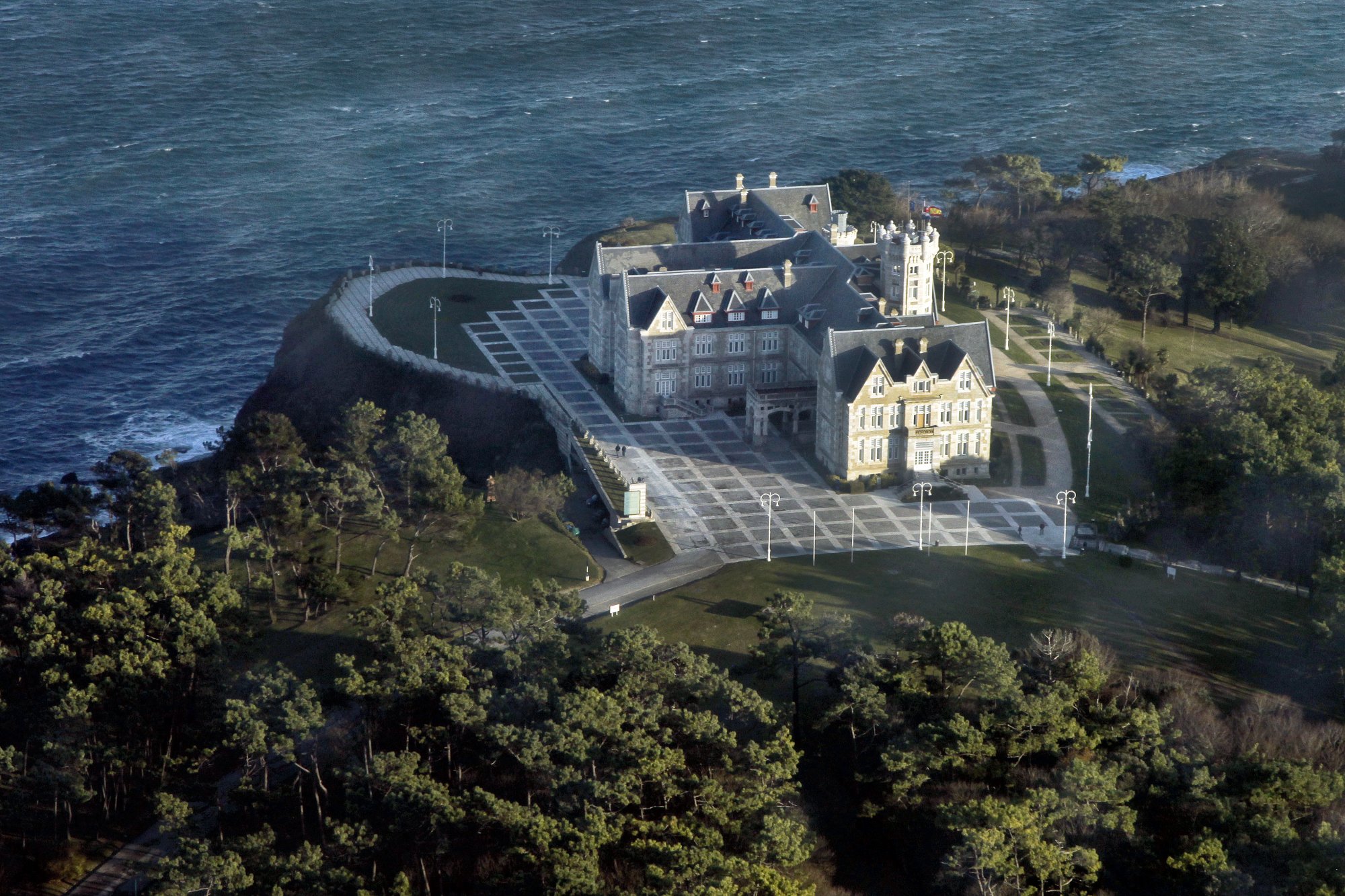
Not only did the government change, but Isabella herself had to take to her heels and flee to France. On 30 September 1868, she left San Sebastián by train accompanied by her husband, Francisco de Asís, and her lover at the time, Carlos Marfori, a gallant young man who had prospered in politics thanks to his good contacts.
There was yet another occasion when the queen left her Parisian exile to visit Santander. This was on 30 July 1876, accompanied by her three youngest daughters.
San Sebastian and the (long-suffering) Queen Regent
Once the monarchy was restored, the Spanish royal family returned to its fondness for the north. Thus, the regent María Cristina - wife of Alfonso XII and mother of Alfonso XIII - and her court, every summer for three decades, uprooted to the Miramar Palace in San Sebastián, opposite La Concha Bay.
Those summer seasons were a balm for Maria Christina of Habsburg and helped her to overcome political troubles - such as the loss of Cuba and the Philippines - and personal ones, given her royal husband's persevering succession of infidelities.
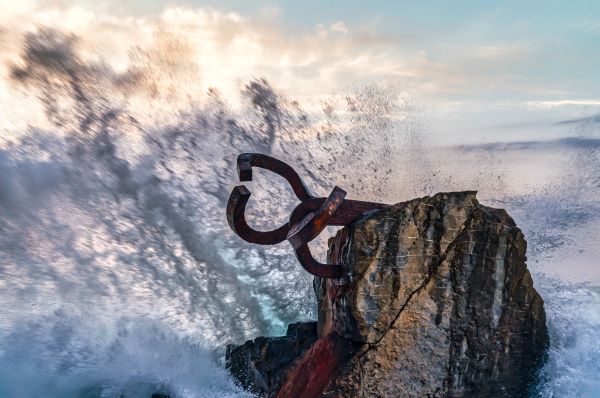
The flourishing of the city had much to do with her presence, which made it a destination for Europe's elite. The city reciprocated by appointing her Honorary Mayoress and naming a bridge, a street and a hotel after her. Those were the days of frenetic growth and La Concha beach, the nerve centre of Spanish summers. The Casino (now the Town Hall), the Victoria Eugenia Theatre and the Hotel María Cristina were built there.
The joyful summers of Alfonso XIII
The sight was well worth seeing. Every time the king and queen arrived in Santander, there was a succession of events in which the city showed respect for such illustrious visitors. Alfonso XIII reviewed the troops on the quay in front of the town hall. At the gates of the Palacio de la Magdalena, a gift from the city to the monarchs, ladies from the best families, in long dresses, offered them flowers and the Fire Brigade made a human arch to celebrate their arrival.
Queen Victoria Eugenie was returning to a land similar to her native Scotland, in terms of climate and landscape. She decided to decorate La Magdalena to make her feel even more at home. Alfonso XIII, less interested in aesthetic sensibility, spent his time engrossed in his favourite sports: tennis, polo, sailing and, above all, hunting.
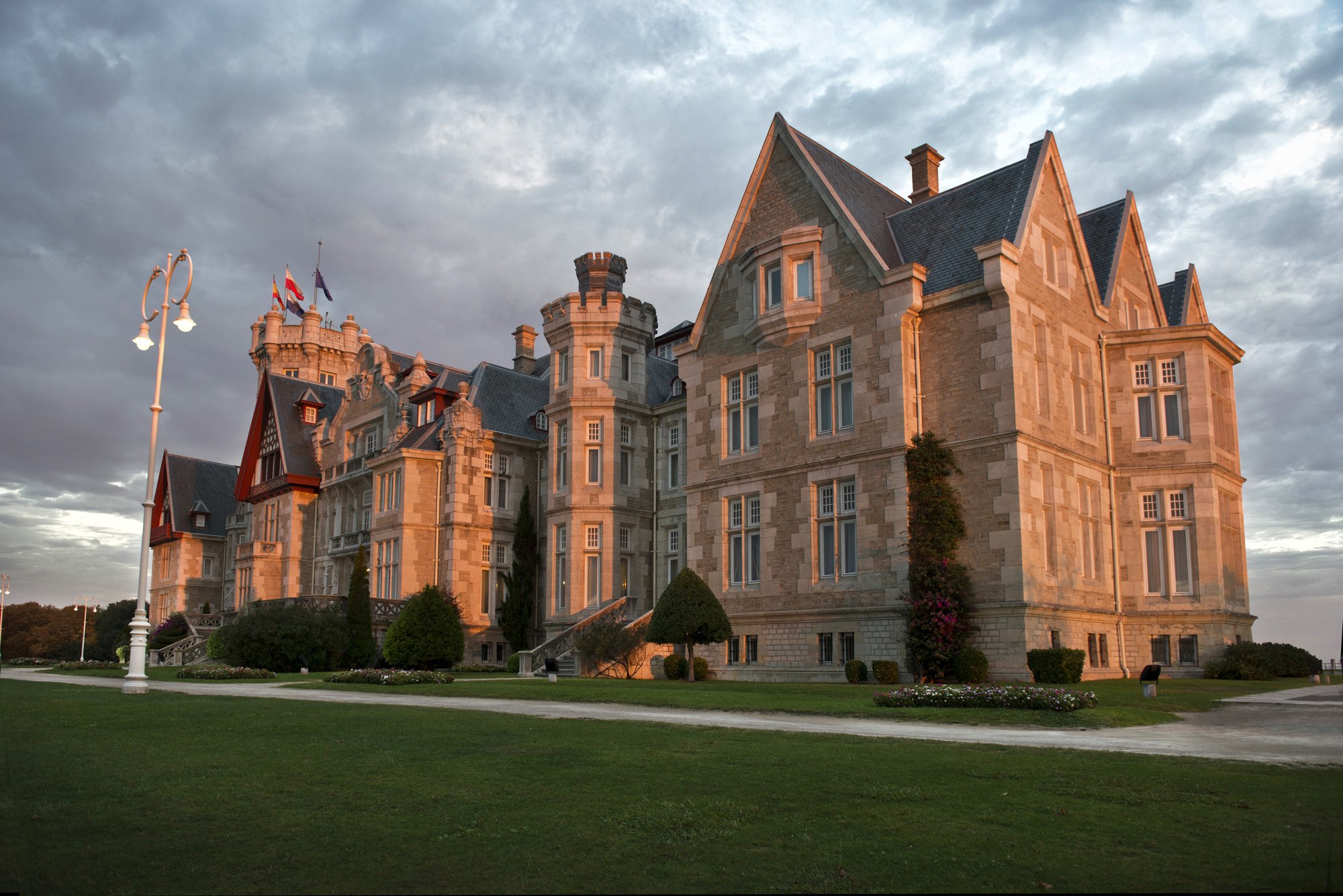
Santander, in those days the true seat of the court, organised sporting competitions, receptions and high-class social events. The garden parties, held in Villa Piquío for the benefit of the Red Cross, were particularly successful. These were evenings where the most prominent families of the city mingled with the king and queen and the aristocracy.
Times of canotier hats and starched skirts. Everything was beautiful and possible. But a shadow loomed over the foam. It was not long before the lead of the 20th century fell over those summers and nothing was ever the same again. Fortunately, we still have the story told by the black and white postcards as silent witnesses.
Visits at the top of the scale
Paradores has a wide network of charming hotels in the Cantabrian region, where you can rest and relax. In Limpias, a 20th century palace converted into a Parador awaits you, in a secluded place that invites you to relax and stroll through its well-tended gardens.
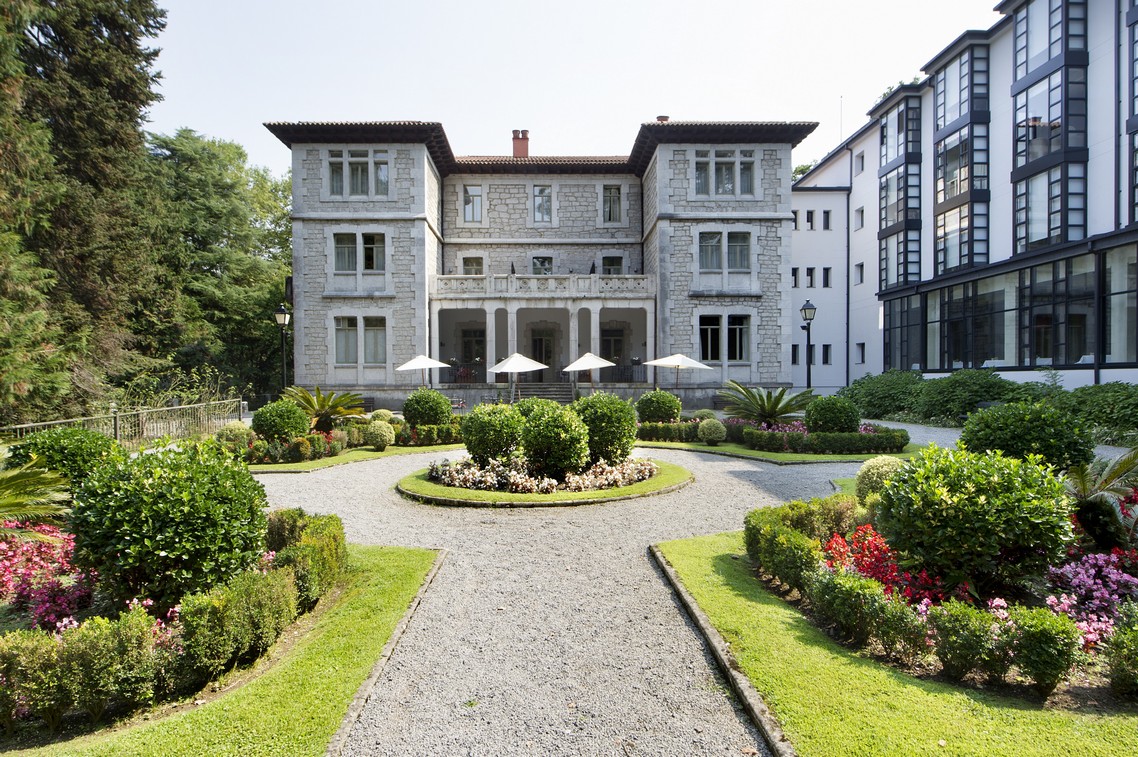
In the beautiful town of Santillana del Mar, declared a National Monument, the surprise is twofold. The noble mansion of the Barreda-Bracho family, with comfortable rooms and open-plan lounges, wooden floors and elegant traditional decoration, now gives its name to the Parador de Gil Blas.
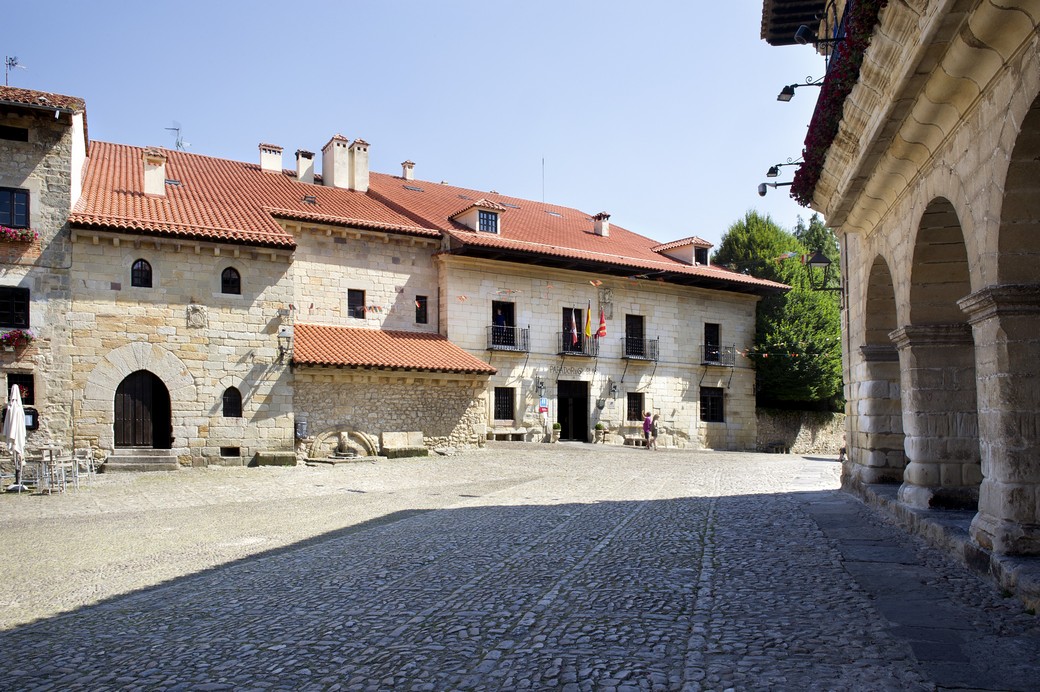
And, very close by, another charming mansion, a new construction that maintains the typical architecture of the area, houses the Parador de Santillana del Mar.
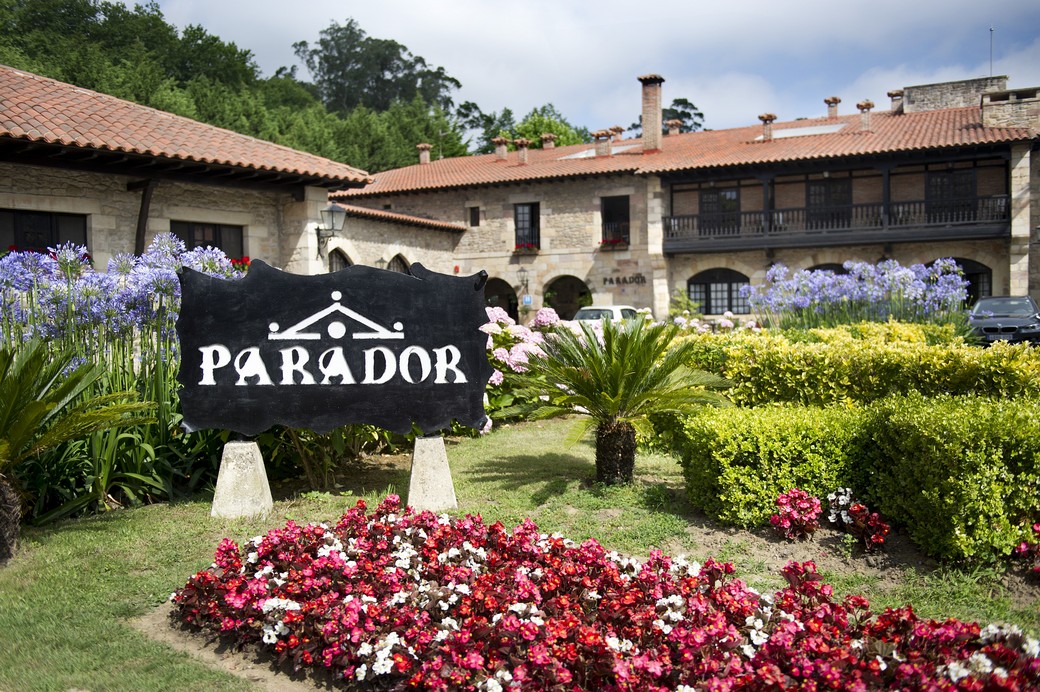
For lovers of the imposing verticality and idyllic scenery of the mountains of the Picos de Europa National Park, there is the Parador de Fuente Dé. A modern mountain hotel in the region of Liébana, warm and welcoming, which offers exquisite homemade dishes of traditional Cantabrian cuisine, such as cocido lebaniego (stew) or sirloin steak with Tresviso cheese.
